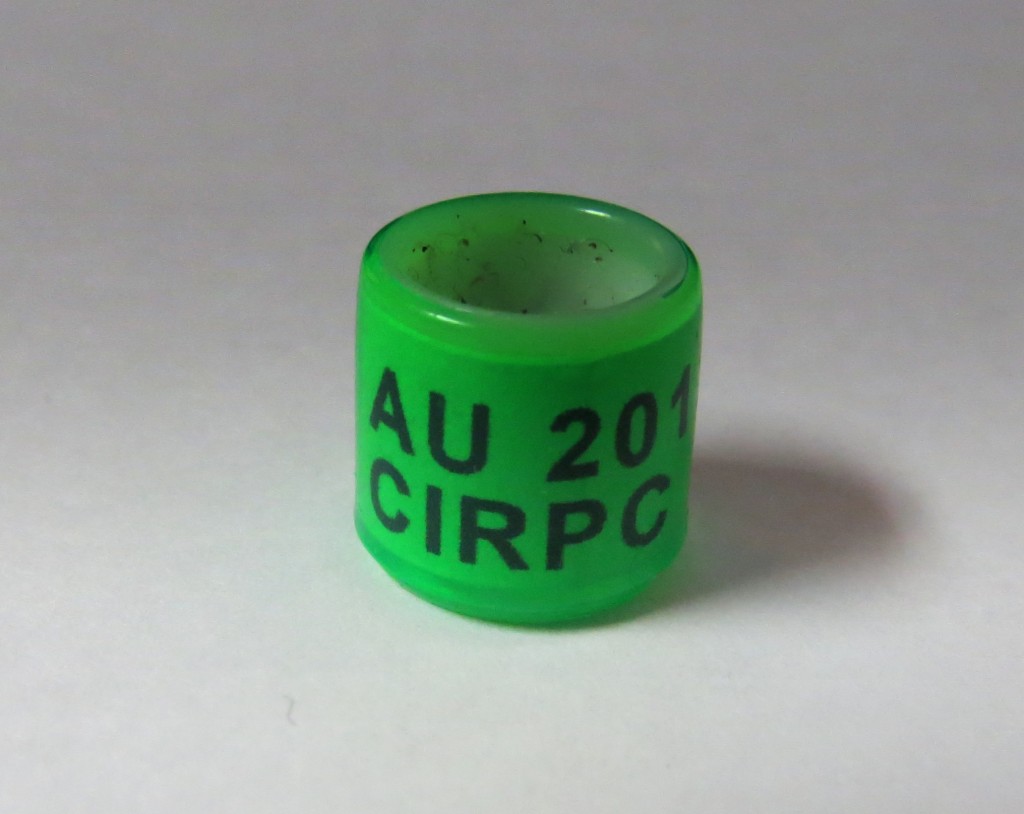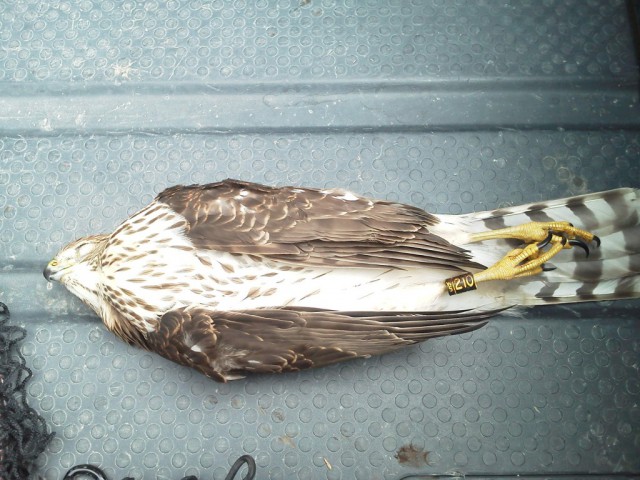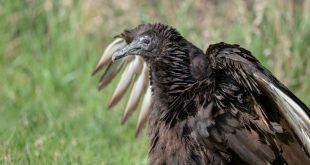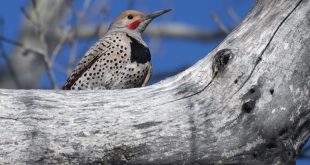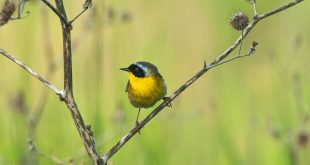This letter arrived in the Nongame Bird Program mailbag late last week:
Mr. Jorgensen:
I found this tag [bird band] on Holmes Golf Course in Lincoln. A Red-tailed Hawk and one of its offspring were eating whatever this tag was attached to. Please send me any info you get regarding this tag. I’m curious to know what the raptors were eating. Thanks, – Jerry in Lincoln.
Jerry:
Thanks for the letter and for sending in the bird band. Different bird bands are used on different birds. Thus, knowing a little bit about which bands are used on which birds helps answer your question. I’ll provide the answer, first, and an extended explanation about band types, second.
This type of band is used by domestic pigeon fanciers. The “AU” on this particular band indicates it is used by a member of the American Racing Pigeon Union and the remaining information can be used to look up the pigeon’s owner, here. Lost pigeons occasionally show up in people’s backyards and sometimes just hang around. If the pigeon can be captured (they are usually rather tame), the information on the band can be used to return the pigeon to its owner. In this case, the pigeon did not travel far, it was from a fancier here in Lancaster County. The owner has been made aware that his pigeon ended up as Red-tailed Hawk food.
Bands used on domestic birds are different than those used on wild birds. Capturing and banding wild birds is an activity strictly regulated by state and federal agencies, and permits are only provided to qualified individuals or entities. One facet of the regulations is that banders only use bands provided by the federal regulating agency, the United States Geological Survey’s (USGS) Bird Banding Lab (BBL). Different sizes of USGS bands are used on different bird species, but all USGS bands have either a 7 or 8 digit combination of numbers and also have “BBL” or “BIRD BAND” inscribed on the band. If you find a bird (usually the birds are dead in these instances) with a USGS band, please visit the BBL webpage to report the recovery or call 1-800-327- BAND. Some USGS bands have the telephone number inscribed on the band. Waterfowl hunters regularly encounter and report USGS bands (see a Ducks Unlimited band recovery map for Nebraska).
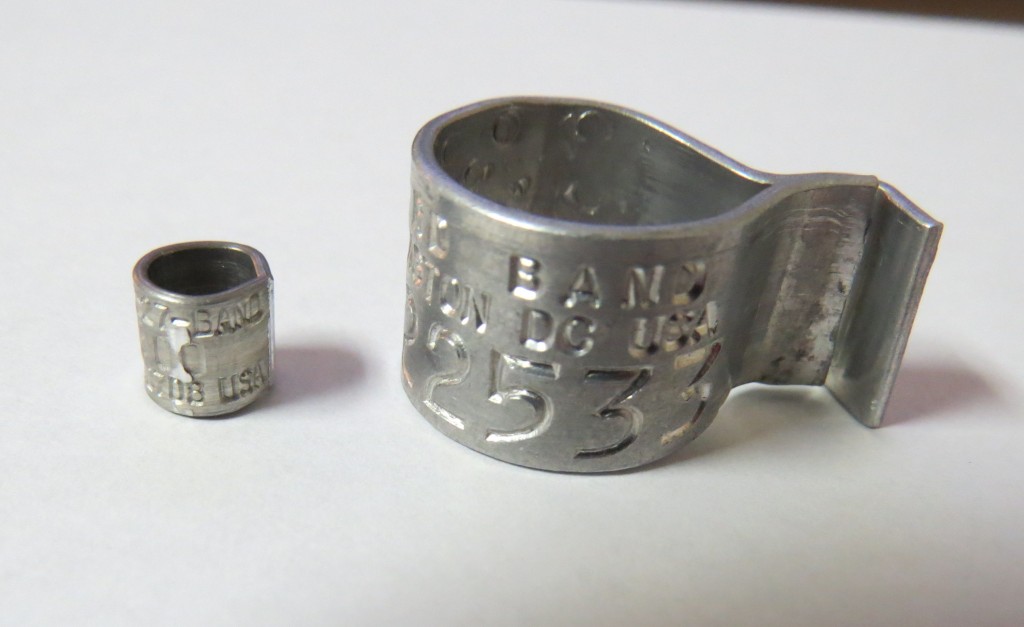
Sometimes licensed bird banders, with approval from the BBL, place additional bands on wild birds along with the standard USGS band. These are called auxiliary markers and are used to identify individual birds without actually having to have them in the hand. Peregrine Falcon fans may already know that an auxiliary marker is placed on each falcon chick when we band them. The color bands placed on Piping Plover’s legs which have recently been featured on this blog are also auxiliary markers.
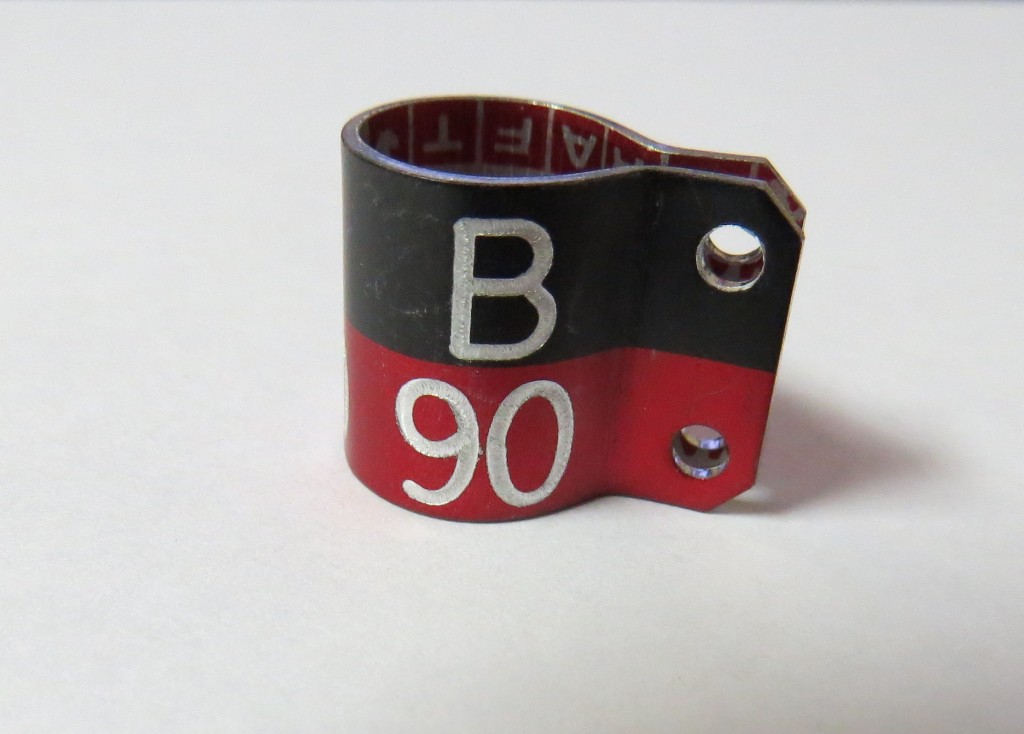
USGS bands and domestic pigeon bands constitute the vast majority of band reports to my office. A few other types of bands are used sparingly on certain birds. Licensed falconers may place a band on their birds, but these birds rarely get away from their owners. The BBL occasionally authorizes special bands to be used by themselves (see the example, below). Other countries may use different band types, but those birds rarely, if ever, make it to Nebraska. Escaped or released domestic birds may possess just about any type of band.
I’d like to end this post by saying that additional information can be found at the BBL’s website, but it is not available due to the federal government shutdown. Once the shutdown ceases, please check out that link if you want to know more.
 Nebraskaland Magazine
Nebraskaland Magazine
